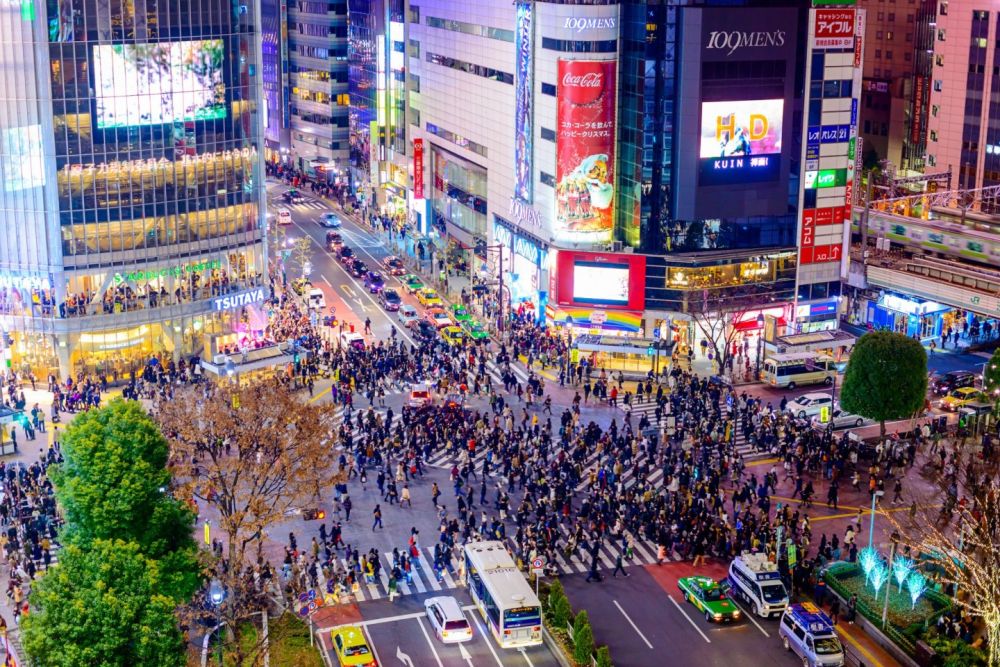

The famed Shibuya Crossing in Tokyo, also known as the "Scramble Crossing," is a testament to Japan's modern urban culture and its status as one of the most iconic and busiest pedestrian intersections in the world. The history of tourism at Shibuya Crossing is intrinsically tied to the history of Shibuya as a district itself—a transformation from a quiet suburban railway stop to a bustling metropolis hub of fashion, entertainment, and business.
Shibuya began to rise in prominence in the 1900s, especially after the opening of the Yamanote Line in 1885, which brought increased accessibility and urban development to the area. It was after the Second World War, during Japan's economic boom, that Shibuya started morphing into the hive of activity it is known today. With the establishment of the famed Hachiko statue in 1934 and the post-war American influence on Japanese culture, Shibuya's identity as a youth and fashion center crystalized—setting the stage for a global tourism appeal.
It wasn't until the late 20th and early 21st centuries that Shibuya Crossing gained widespread international recognition. Films, photographs, and media often highlighted the intersection as a symbol of Tokyo's frenetic pace and high-tech allure. Tourists from around the world began flocking to the area not just for shopping or night-life, but to experience and capture the sheer spectacle of hundreds of people crossing from all directions with each light cycle.
In the digital age, Shibuya Crossing has grown even more popular as a sought-out destination for world travelers. The rise of social media has played a critical role, with the intersection's vibrant neon displays and sea of pedestrians serving as a backdrop for countless Instagram posts and viral videos. The "Selfie Spot" trend sees travelers trying to capture their visit to this iconic location within an instant of time, juxtaposing personal travel narrative against a backdrop of buzzing Tokyo city life.
Experiential tourism has also taken hold, with visitors seeking immersive experiences that go beyond traditional sightseeing. This has led to a variety of local tours being developed that offer insights into the history of Shibuya as well as its modern-day culture and influence. Shibuya's food scene also attracts gourmands seeking culinary tourism, looking to experience traditional dishes and modern Japanese fusion food alike.
In recent years, with redevelopment projects in the run-up to the Tokyo 2020 Olympics, Shibuya has seen further upgrades and attractions, including the Shibuya Sky observation deck, which offers unprecedented views of the crossing and surrounding Tokyo urban landscape.
Shibuya Crossing stands as an emblem of Tokyo's dynamism and a magnet for global tourists. From its transformation from a suburban station to an epicenter of youth culture and fashion, to a must-visit location immortalized by social media and the film industry, Shibuya Crossing continues to thrive and adapt, solidifying its position in the pantheon of global urban experiences.